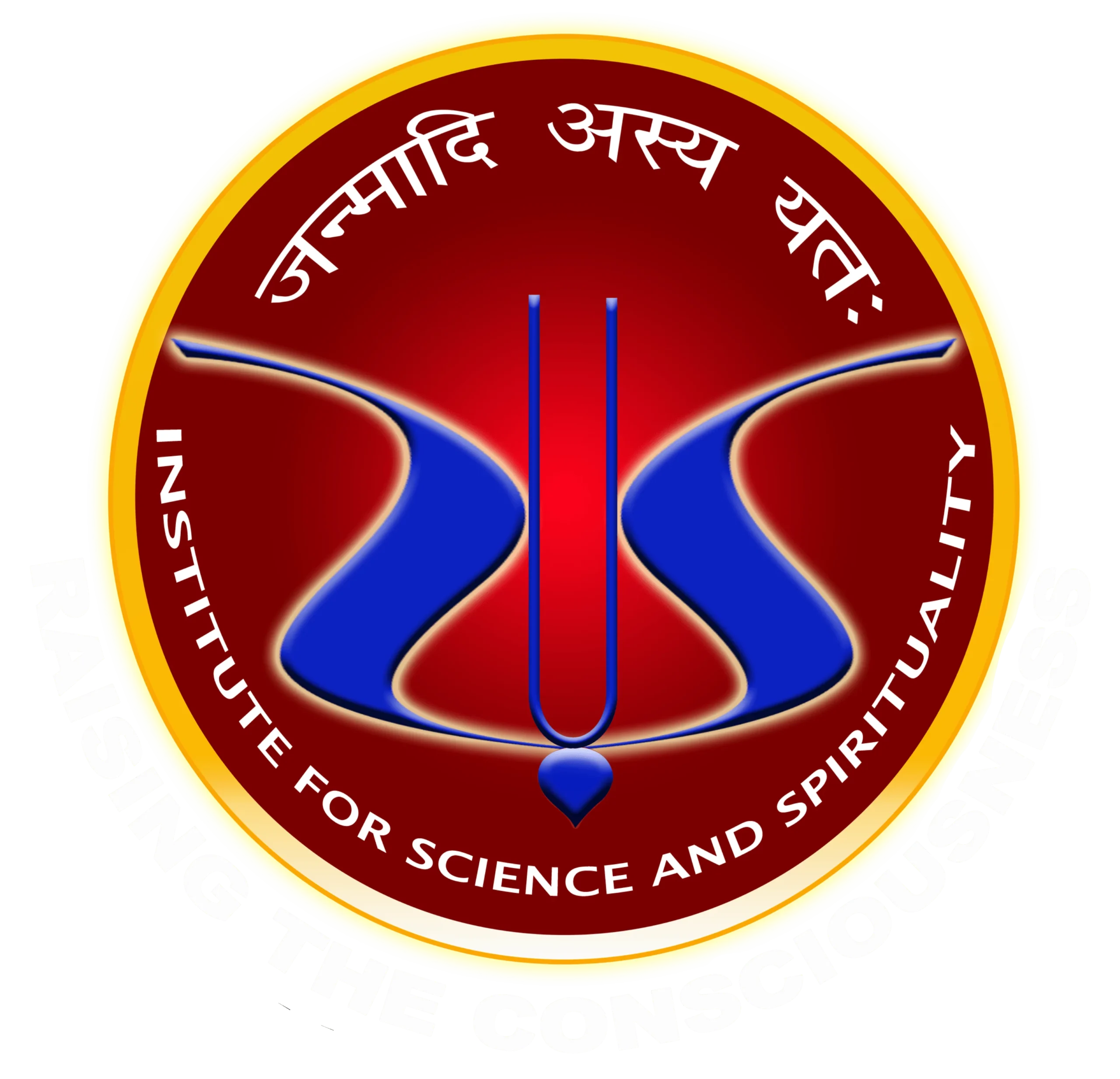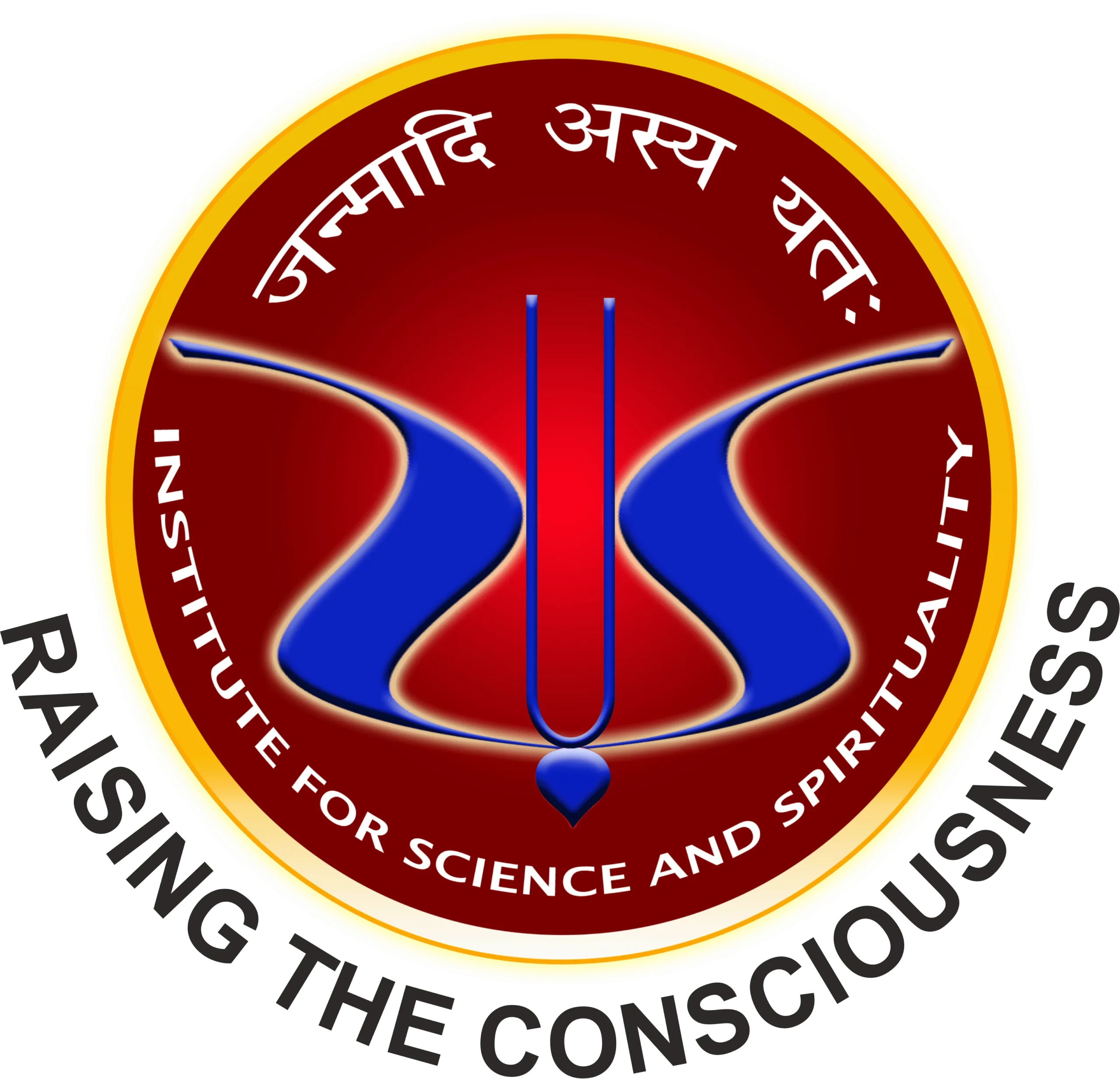Works of Gauḍīya Ācāryas
Literary contributions of Gauḍīya Ācāryas
Generally, the followers of Śrī Caitanya Mahāprabhu are known as Gauḍīya Vaiṣṇavas, belonging to the Mādhva sampradāya in the lineage of Mādhavendra Purī. Although Śrī Caitanya Mahāprabhu did not personally write any books, his followers have left behind prolific literary works. The six Gosvāmīs of Vṛndāvana, headed by Śrīla Rūpa and Śrīla Sanātana, produced many works describing unalloyed devotion to Lord Kṛṣṇa. The Vedānta philosophy systematized by Śrī Caitanya Mahāprabhu was later expounded by Śrīla Jīva Gosvāmī as Aciṇtya-bhedābheda (simultaneously one and different) philosophy in his six-volume masterpiece work, Bhāgavat Sandarbha. Other prominent figures include Śrīla Viśvanātha Cakravartī, who authored the celebrated Sārārtha Darśinī commentary on the Śrīmad Bhāgavatam. His student, Śrīla Baladeva Vidyābhūṣaṇa, wrote the Gauḍīya commentary on the Vedānta Sūtra, also known as Govinda Bhāṣya.
One interesting feature of Gauḍīya teachers, such as Śrīla Narottama Dāsa Ṭhākura and Śrīla Bhaktivinoda Ṭhākura, among others, is that they disseminated the core teachings of Vedānta in colloquial language to reach out to the masses. Particularly during the colonial period, the tradition was highly corrupted due to a lack of authentic education and ill practices. In this period, Bhaktivinoda Ṭhākura and his capable son, Bhaktisiddhānta Sarasvatī Ṭhākura, took pains to contextualize the teachings in the face of the evolving society toward modernity. Later, Śrīla Prabhupāda disseminated the Vedāntic tradition in English.
Our current study focuses on the survey of the philosophical foundation of the contextualization of Gauḍīya Vaiṣṇavism during the colonial period to embrace modernity and its later ramifications.

